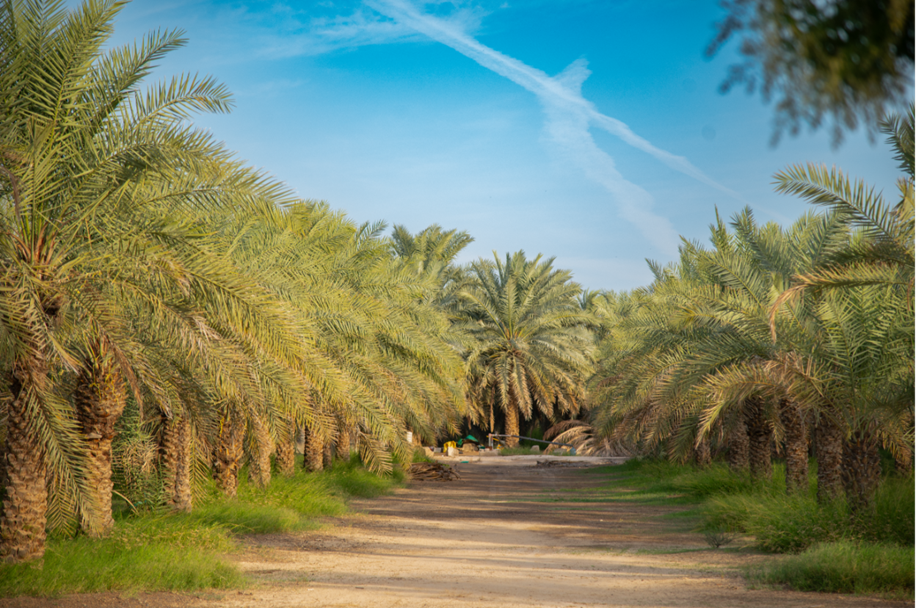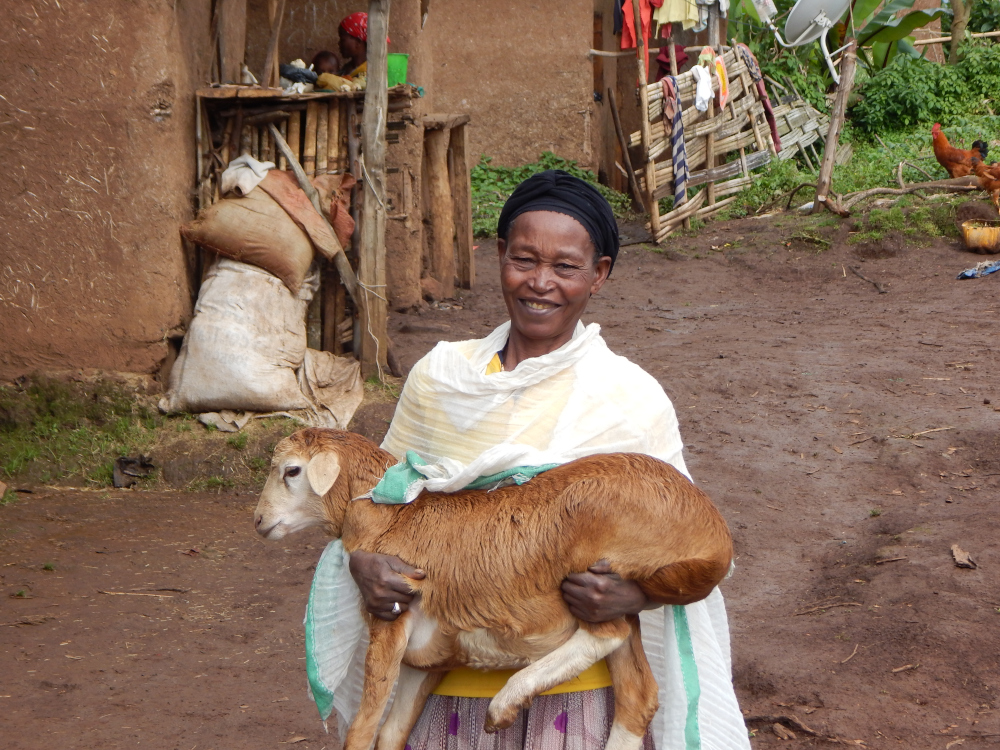How Livestock Mobility Can Restore Rangelands and Fight Desertification
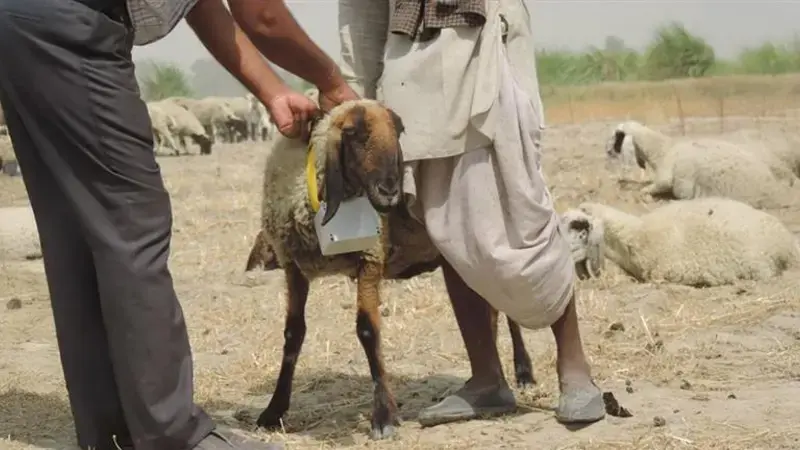
As the world marks World Day to Combat Desertification and Drought on June 17th, the need for investing in rangelands grows more urgent. Economic vulnerability, political instability, unsustainable land-use practices, and climate change conspire to accelerate land degradation and desertification.
Every second, four football fields of healthy land disappear to desertification. Every year, nearly 670,000 square kilometers, roughly the size of France, will have been lost (UNCCD, 2024). This creeping degradation threatens biodiversity, destabilizes rural economies, and undermines food security. Yet, amid the dust lies opportunity: restoring land offers a rare chance to simultaneously tackle climate change, revive fragile ecosystems, and preserve livelihoods.
Rangelands are more than empty spaces
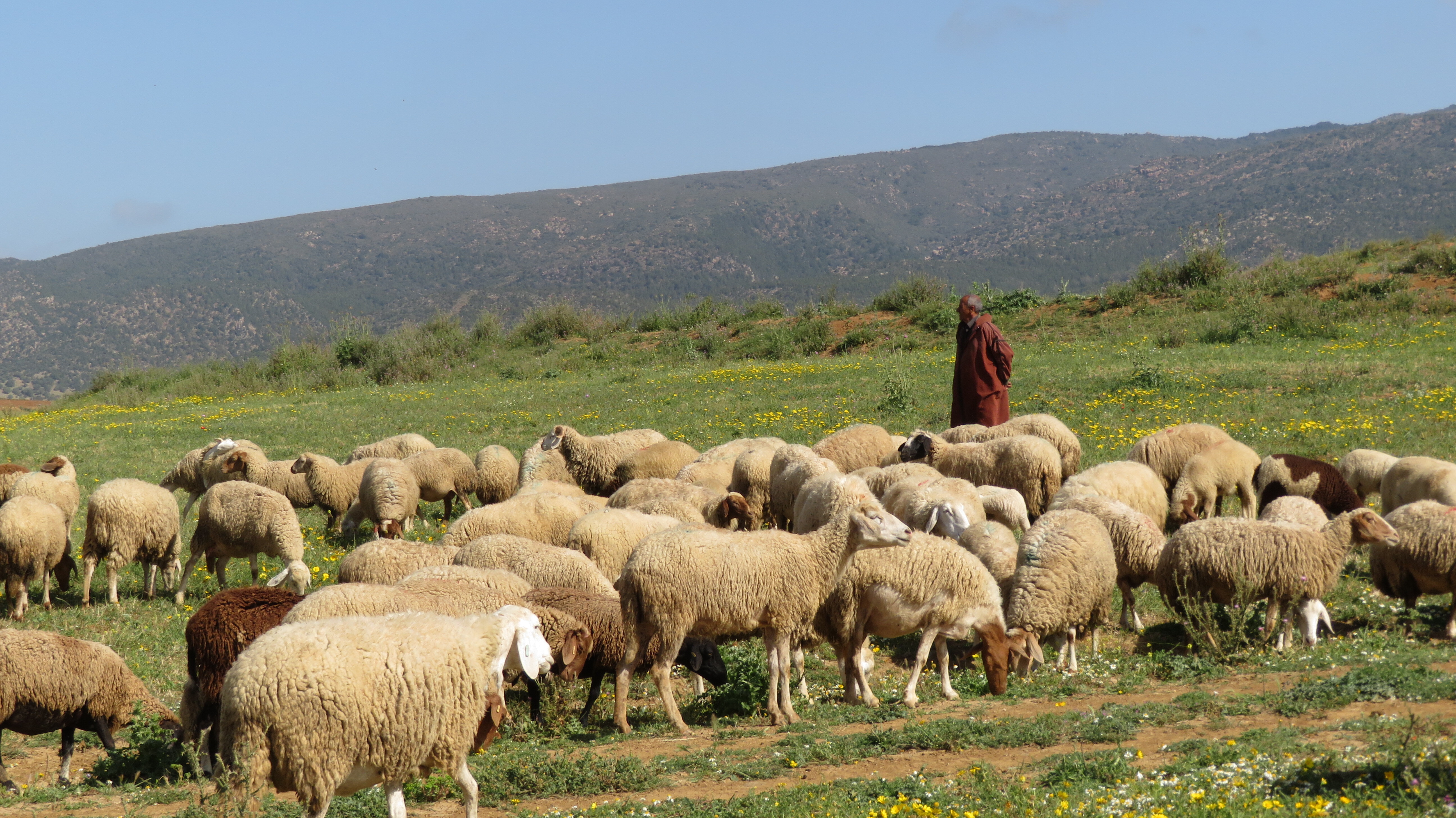
Often overlooked as empty, marginal lands, rangelands cover more than half the planet’s land surface and sustain millions of people who depend on them. For pastoral and agro-pastoral communities, these vast landscapes are the backbone of culture, commerce, and survival. Rangelands provides forage, food, and vital ecosystem services while supporting agro-silvo-pastoral communities for many countless generations.
Restoring rangelands, therefore, is not simply an environmental imperative; it is a development strategy. Economic vulnerability, political instability, unsustainable land-use practices, and climate change collectively accelerate the process of desertification. But properly managed, rangelands offer one of the most effective tools for resilience: livestock mobility.
Livestock mobility is a traditional solution for a modern crisis
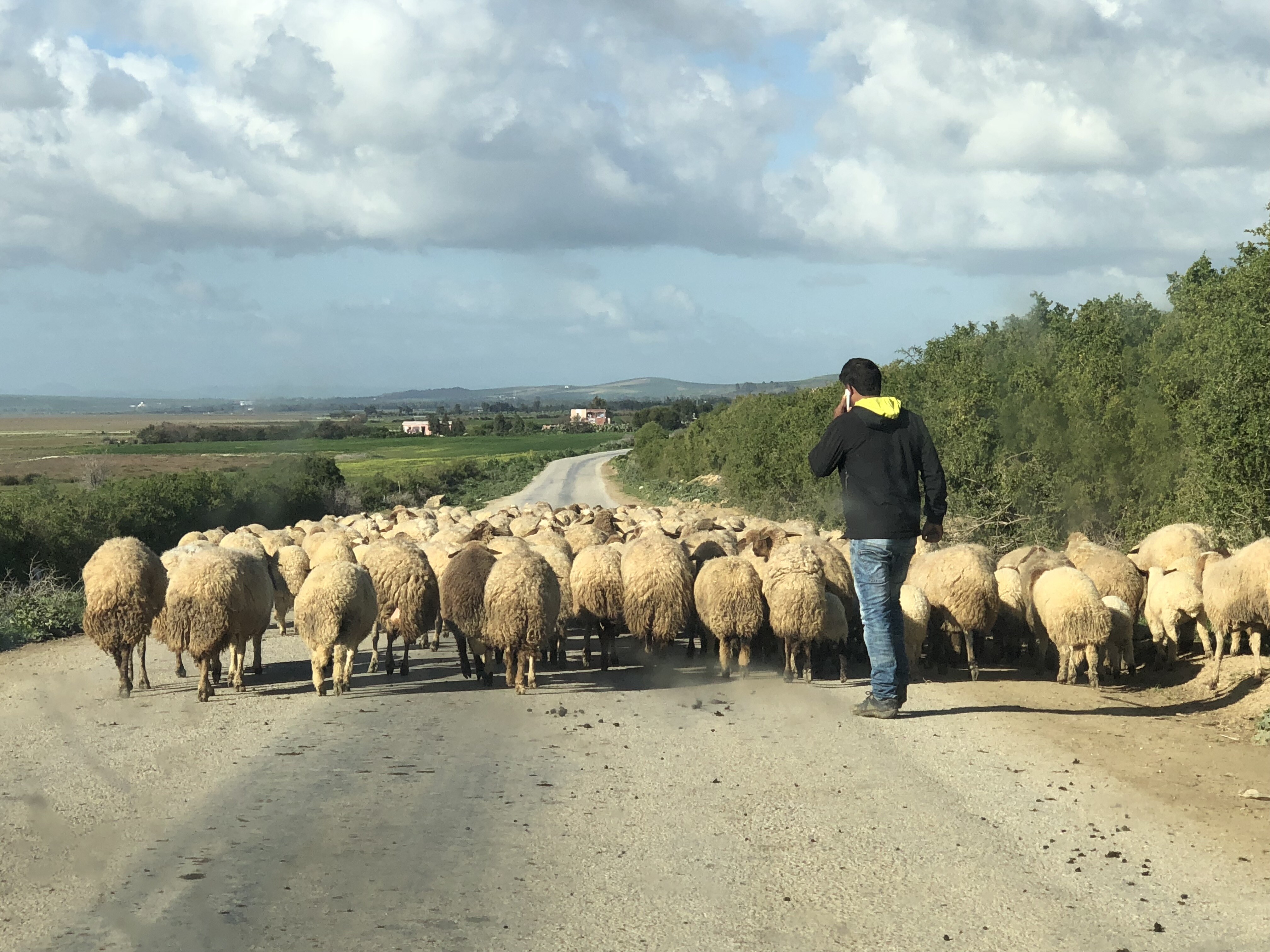
Pastoralism is an ancient system that is fine-tuned for uncertainty. Moving herds seasonally gives the land time to rest and regenerate, while allowing livestock to access fresh pasture and water. Properly managed pastoralist mobility acts as a natural regulator, dispersing grazing pressure across wider areas and enriching soils with nutrients as animals roam, thereby supporting soil health, enhancing carbon sequestration, preserving biodiversity, and strengthening ecosystems against climate shocks.
In contrast, sedentary livestock systems that concentrate herds in limited spaces, can lead to overgrazing and depleted soils, ultimately contributing to land degradation.
The widespread and often unregulated conversion of rangelands to agricultural land or infrastructure, along with the erecting of boundaries that intersect traditional transhumance routes, has severely disrupted pastoral movement, weakened the ability of herders to cope with drought, and fueled tensions and conflict as communities vie for shrinking resources. Tenure insecurity compounds the problem, leaving herders with few alternatives when traditional grazing corridors are blocked.
Science on the move
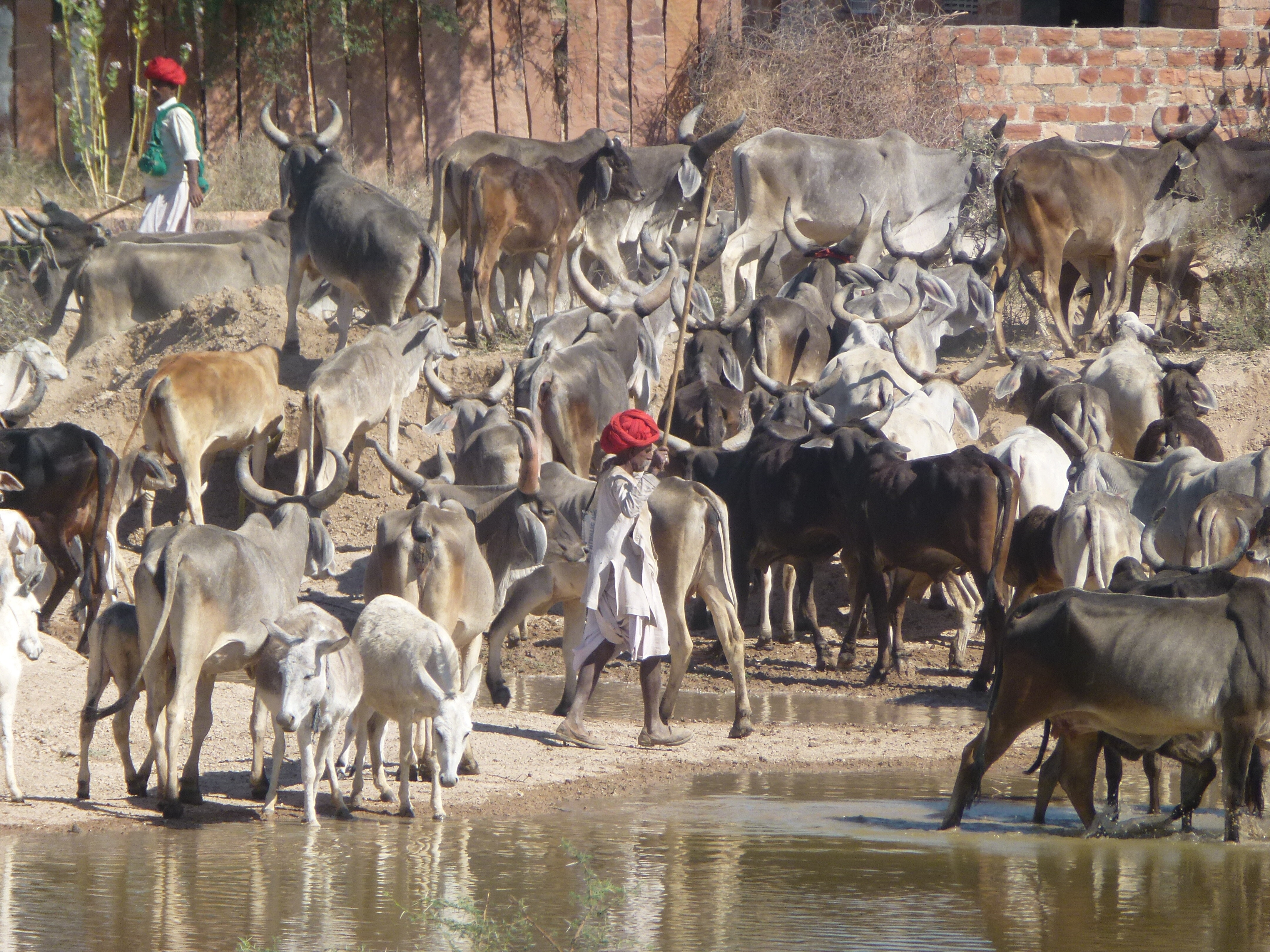
ICARDA, in collaboration with the Indian Council of Agricultural Research – Central Arid Zone Research Institute (ICAR–CAZRI), and Oregon State University, tracked livestock movement in the of state of Rajasthan, India, using Global Positioning System (GPS) collars. The findings revealed that, contrary to expectations, pastoralists were extensively using private farmland for grazing. Livestock spent the majority of their foraging time on farmers’ fields, 49% in fallow lands and 29% in active croplands, while only 19% of grazing occurred on natural rangelands, and about 1% near seasonal river channels.
This heavy reliance on farmland reflects the severe degradation of Rajasthan’s common rangelands, worsened by frequent droughts. When herds remain stationary, grazing resources rapidly deplete, often forcing pastoralists to sell animals. Mobility allows them to access farmland along their routes, usually for a modest fee. This arrangement benefits both parties, as livestock manure enriches soil health and fertility, supporting sustainable land use.These patterns underscore the reality that rangelands do not exist in isolation but are deeply embedded in multifunctional landscapes where pastoralists and farmers interact, sometimes competing, but often cooperating. Such insights should inform policies that reflect the complexity of these systems, where ecological sustainability and rural livelihoods are two sides of the same coin.
Linking to the International Year of Rangelands and Pastoralists (IYRP 2026)

The United Nations General Assembly’s declaration of 2026 as the International Year of Rangelands and Pastoralists (IYRP) underscores the vital role that sustainable pastoralism and the restoration of rangelands play in achieving Land Degradation Neutrality (LDN), enhancing climate resilience, and conserving biodiversity.
As a member of the IYRP Global Alliance Rangelands and an active member of the LDN, Dr. Mounir Louhaichi co-authored a policy brief outlining eight priority actions for policymakers, ranging from recognizing the ecological role of migratory grazing to formally embedding pastoral mobility into national restoration strategies. If implemented, these measures could help unlock the full potential of rangelands as nature-based solutions for both people and the planet.
Mounir Louhaichi, Research Team Leader for Rangeland Ecology and Forages, ICARDA
Further Reading
ILRI, IUCN, FAO, WWF, UNEP and ILC. 2021. Rangelands Atlas. Nairobi Kenya: ILRI https://www.rangelandsdata.org/atlas/
Louhaichi et al., 2024. Global actions for sustainable rangelands and pastoralism to achieve Land Degradation Neutrality. New York, United States of America: the International Year of Rangelands and Pastoralists. https://hdl.handle.net/10568/155179
UNCCD, 2024. Key messages. https://www.unccd.int/sites/default/files/2024-04/DDD24%20key%20messages%20EN.pdf
This work is part of CGIAR’s Multifunctional Landscapes Program.


